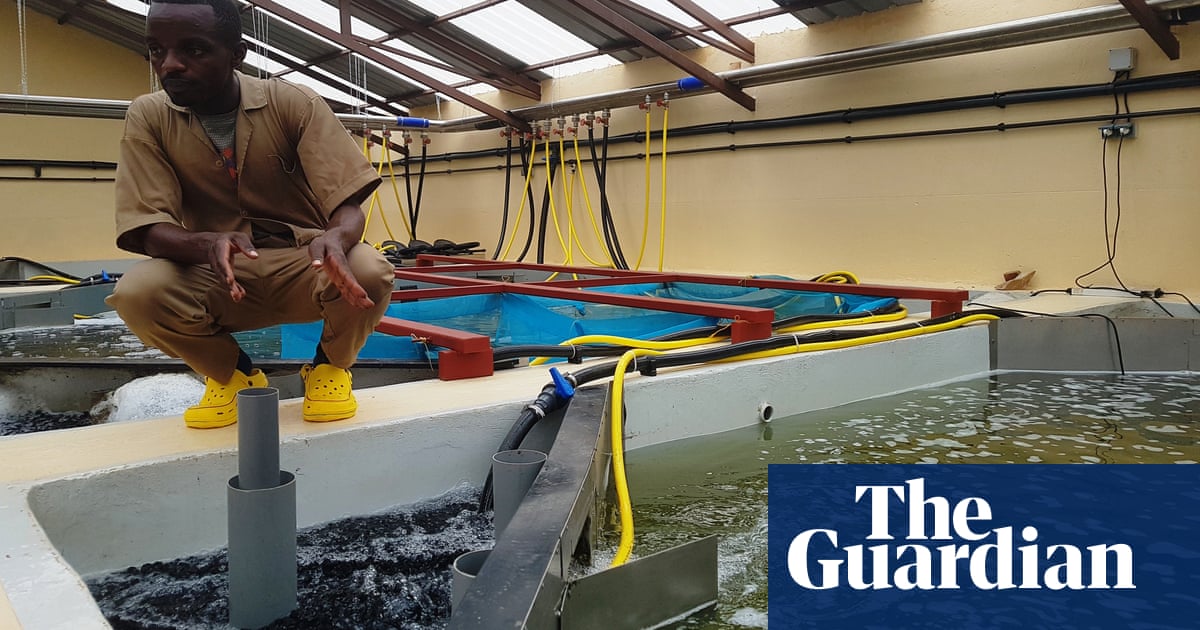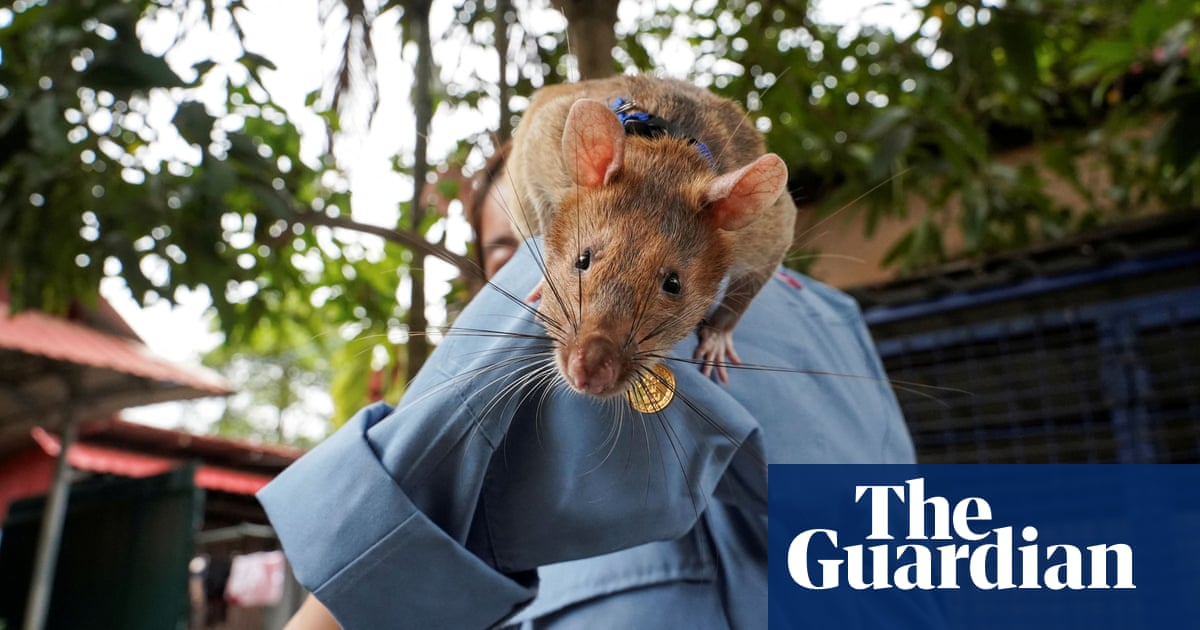
It was a celebrated clan: a group of 17 carp species found nowhere else in the world except for an ancient freshwater lake in the Philippines. One so fat it could be fried without oil, another sought after for its delectable egg-filled ovaries, a third known, oddly enough, for its endearing overbite.
Yet in recent years 15 of them have been declared extinct, victims of mismanaged fish farming efforts that accidentally introduced predatory fish into their home. In all likelihood, these invaders will continue to menace the native carp until none of them are left.
It’s unclear how the carp ended up in Lake Lanao, on the island of Mindanao, in the first place. Probably they swam up a waterway on a primeval land bridge to the now-separate island of Borneo, which itself teems with carp. Once in the lake, they began to evolve in ways that have been called “explosive” – and are a little bit funny.
The fish known as the bitungu (Barbodes truncatulus), for instance, was notable for its remarkably short lower jaw, which came up barely halfway to its upper counterpart. The result was a conspicuous overhang, like a diving board over a pool. Whiskers framing its lips drooped like foam noodles. Its “mouth seems to be open even when closed”, wrote one biologist.
Indigenous locals called the Maranao, which means “the people of the lake”, were not overly concerned with its looks. Having built their traditions, culture and cuisine around Lake Lanao since at least the 13th century, this Muslim community knew the bitungu in another form: food. Though individuals were appetizer-sized – about the length of an iPhone mini, at best – they could become the centerpiece of a fine meal when fried, grilled or stewed en masse.
In the mid-20th century, major changes occurred around the lake. The Philippines, which declared independence from the US in 1946, had formed a Bureau of Fisheries that began to stock the country’s lakes with non-native species like milkfish and tilapia in the early 1960s and 70s, according to marine biologist Armi Torres. Unfortunately, these budding aquaculture efforts were conducive to stowaways. Bigger omnivores like the snakehead gudgeon and the tank goby, which spawned year-round and had a taste for carp, hitched a ride with the stock fish and gained a foothold in Lake Lanao.
“The Bureau of Fisheries meant well because their objective was to try and feed Filipinos, but they had no idea how quickly biodiversity could collapse,” said Gregg Yan, director of Best Alternatives, a Philippines-based group that works to mitigate damage caused by invasive fish. The construction of hydroelectric dams near the lake, the adoption of dynamite fishing, and increasing pollution only sped up the ecosystem’s demise.
From the early 1970s to 1991, surveys of local fish markets near Lake Lanao showed more of the invasive species for sale – and far fewer native fish. The bitungu was last observed in 1973. The International Union for Conservation of Nature declared it extinct in 2020, along with other members of the clan.
Memory of the bitungu is fading fast, and relics anchoring its existence to this world have dwindled. “Sad to say that the name bitungu is only known to a few [elderly] locals,” says Onaya Labe, an assistant professor of biology at Mindanao State University, “and they don’t know its meaning.” A collection of preserved fish from Lake Lanao, including the bitungu, was largely destroyed in 1945, when Japanese troops bombed the country’s Bureau of Science.
The only remaining image of the bitungu is a black-and-white illustration of a male fish from a 1924 manuscript. He might have been the glinting colour of topaz, or perhaps a warmer shade of amber, with a pale belly and fins. His kind might have spawned once a year, or many. Though it’s assumed he preferred the warm shallows of the lake, some quirk of evolution may have prompted him to venture into the depths. We will probably never know.
The illustration captures an expression that a human observer might classify as quizzical, bewildered – or sad.












